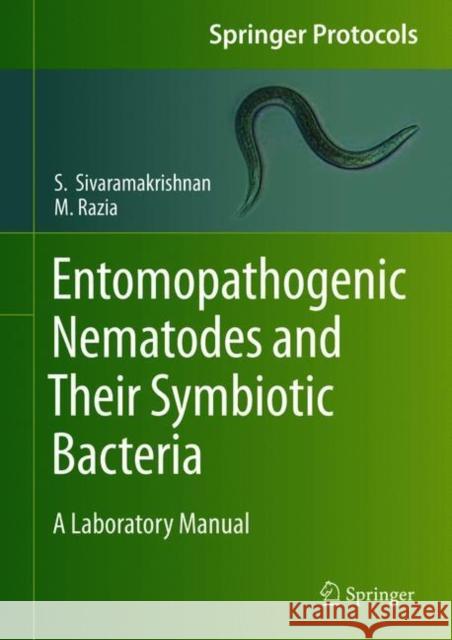Entomopathogenic Nematodes and Their Symbiotic Bacteria: A Laboratory Manual » książka
topmenu
Entomopathogenic Nematodes and Their Symbiotic Bacteria: A Laboratory Manual
ISBN-13: 9781071614440 / Angielski / Twarda / 2021 / 176 str.
Entomopathogenic Nematodes and Their Symbiotic Bacteria: A Laboratory Manual
ISBN-13: 9781071614440 / Angielski / Twarda / 2021 / 176 str.
cena 564,88 zł
(netto: 537,98 VAT: 5%)
Najniższa cena z 30 dni: 539,74 zł
(netto: 537,98 VAT: 5%)
Najniższa cena z 30 dni: 539,74 zł
Termin realizacji zamówienia:
ok. 22 dni roboczych
Bez gwarancji dostawy przed świętami
ok. 22 dni roboczych
Bez gwarancji dostawy przed świętami
Darmowa dostawa!
Kategorie:
Kategorie BISAC:
Wydawca:
Springer
Seria wydawnicza:
Język:
Angielski
ISBN-13:
9781071614440
Rok wydania:
2021
Wydanie:
2021
Numer serii:
000389047
Ilość stron:
176
Waga:
0.59 kg
Wymiary:
25.91 x 19.81 x 1.52
Oprawa:
Twarda
Wolumenów:
01











